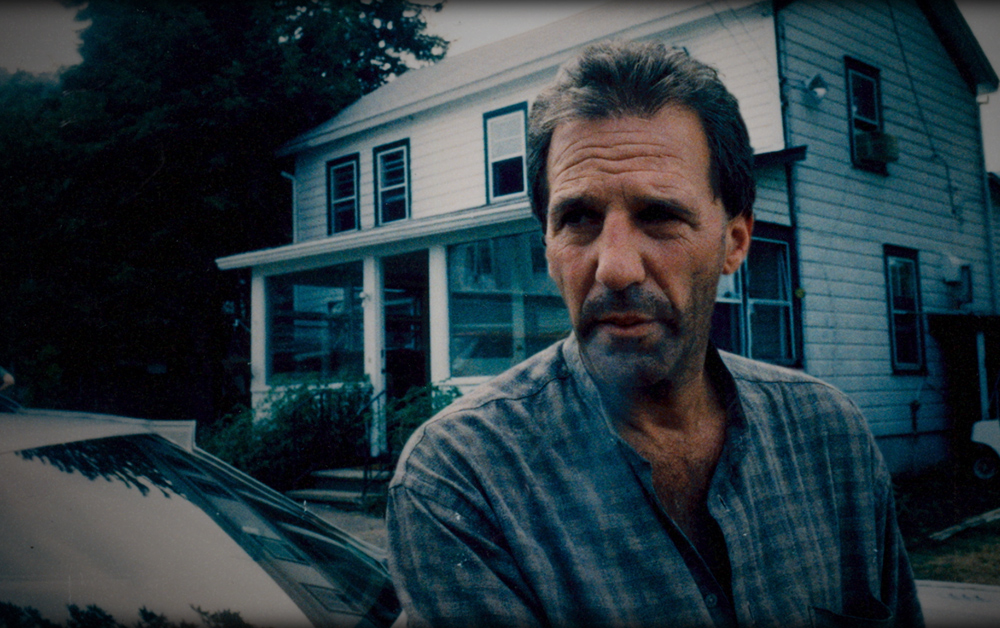At first, one of the stylistic conceits of “Narrowsburg” is slightly distracting as interviewees sit and their visage is projected onto the walls behind them as they speak. It calls attention to itself in a way that seems out of place for a film set in a modest community in upstate New York, but then again that’s how Richard and Jocelyn Castallano made their way into town and gradually became a part of it, so it seems only fitting that this particular aesthetic choice settles into the fabric of the film much the same way. Of course, projecting the image of the subjects talking has a very practical narrative application, conveying the aspirations of an entire community that had hoped a film would put them on a map and you come to realize that no matter how much shame, humiliation, anger and criminal activity occurred as a result of the Castallanos’ arrival in Narrowsburg, the promise of being able to share their story on the big screen was too tempting to resist for everyone involved.
There isn’t much material wealth in Narrowsburg – as one resident says, “It’s a nice place to live, but a difficult place to make a living” with many working more than one job to keep afloat – yet “After Tiller” and “Picture Character” co-director Martha Shane finds a goldmine in the exploits of the Castallanos, who moved to town shortly after Richie scored his big break as a henchman in “Analyze This” and saw an opportunity to build a film empire in the quiet community. Between his Brooklyn bravado and appearing alongside DeNiro, there was no questioning Richard’s credibility, even if he was said to be involved in armored car heists before reforming himself as an actor, and with Jocelyn, he wasted no time opening up an office for Atlantia Film right off Main Street, offering acting classes that were successful enough to lead to bigger ambitions such as a film festival and a feature film. With the making of “Four Deadly Reasons,” a gangster pic populated by bit players from Richie’s friends from “Analyze This” set in this wonderfully incongruous Norman Rockwell painting of a place, Shane has an extraordinary amount of illustrative archival footage to draw on to tell the tale of a crime that was unfolding in plain sight as the town completely buys into the production, spiritually and financially with local doctors and dentists footing the bill, and it becomes clear they won’t get back what they hope for.
Still, one could argue that “Narrowsburg” has fulfilled their dream, for better or worse, as they will surely become enshrined in cinematic history as a result of Shane’s wildly entertaining film. The director judiciously introduces townspeople from all corners, giving a strong sense of place, and engages in some narrative sleight of hand the Castallanos would admire to fully capture the extent of their deception and the emotional toll it took on all. But in acknowledging upfront that all movies are a bit of grift to begin with – “Narrowsburg” opens with a quote from no less than Jean-Luc Godard calling them “the most beautiful fraud” – the film gets at something profound in how people invest their dreams in even the silliest of cinematic endeavors as a form of expression or historical preservation, resulting in an initial con of oneself ripe for being taken advantage of by those with experience running more nefarious schemes, and it is so much fun it should be illegal.
“Narrowsburg” will screen at DOC NYC on November 10th at the School of Visual Arts Theater at 4:20 pm.




